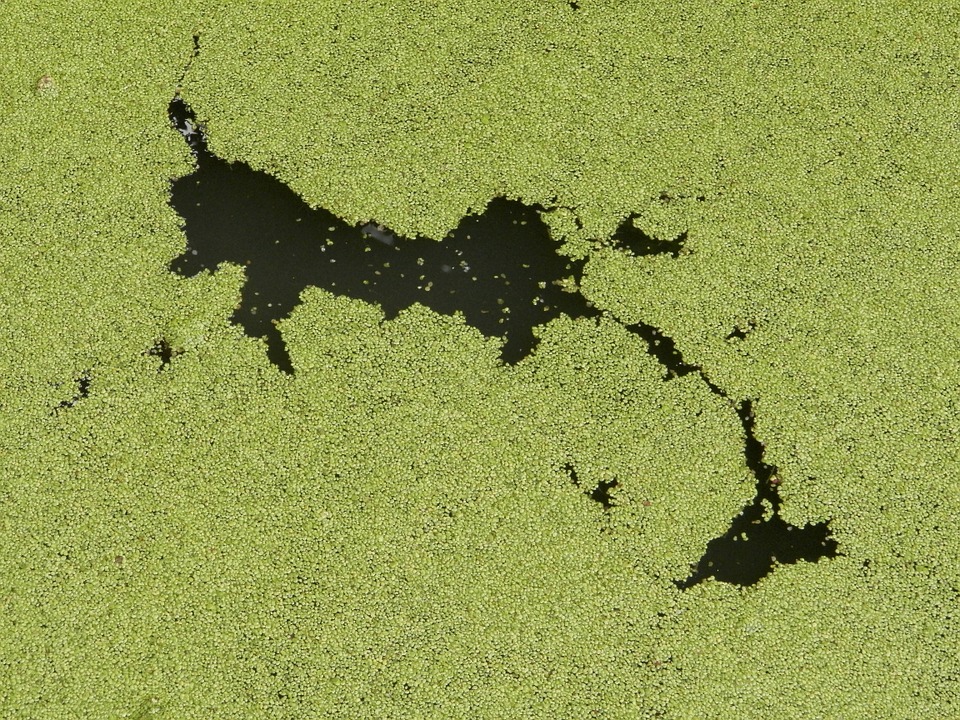
As the temperatures at area beaches heat up this summer, a breeding ground for Candlewood Lake’s newest challenge of “blue-green algae” emerges. This colorful foam-like substance that floats on top of the water has the potential to emit toxins that are harmful to people and animals. That’s where the Department of Biological and Environmental Sciences at Western Connecticut State University comes in.
WCSU Associate Professor of Biological and Environmental Sciences Dr. Edwin Wong, who has spent time tracking zebra mussels in local waters, is putting together a program, in partnership with the Candlewood Lake Authority, that will sample water from Candlewood’s five town beaches to ensure that the bacteria are not emitting toxins. The program will also offer internships to two WCSU science majors interested in helping to collect and test the samples.
Wong said that the term “blue-green algae” is a misnomer for what are actually cyanobacteria, which are not generally harmful; in fact, they may produce as much as 20-30 percent of the atmosphere’s oxygen.
Wong, who plans to meet with Candlewood Lake Authority and officials from towns that border the lake, said that beginning in July, he plans to test the water at all five town beaches every week through August. Testing will also include additional beaches in Newtown, Oxford, and Southbury.
“We believe that we have the expertise at Western to conduct the testing,” Wong said. “And we should be able to do it for a lot less money.”
Wong estimates an annual budget of $8,000 to $10,000, which includes testing material and intern stipends. Currently the algae are being tested at a Berlin, Connecticut, lab.
For more information, contact the Office of University Relations at (203) 837-8486.